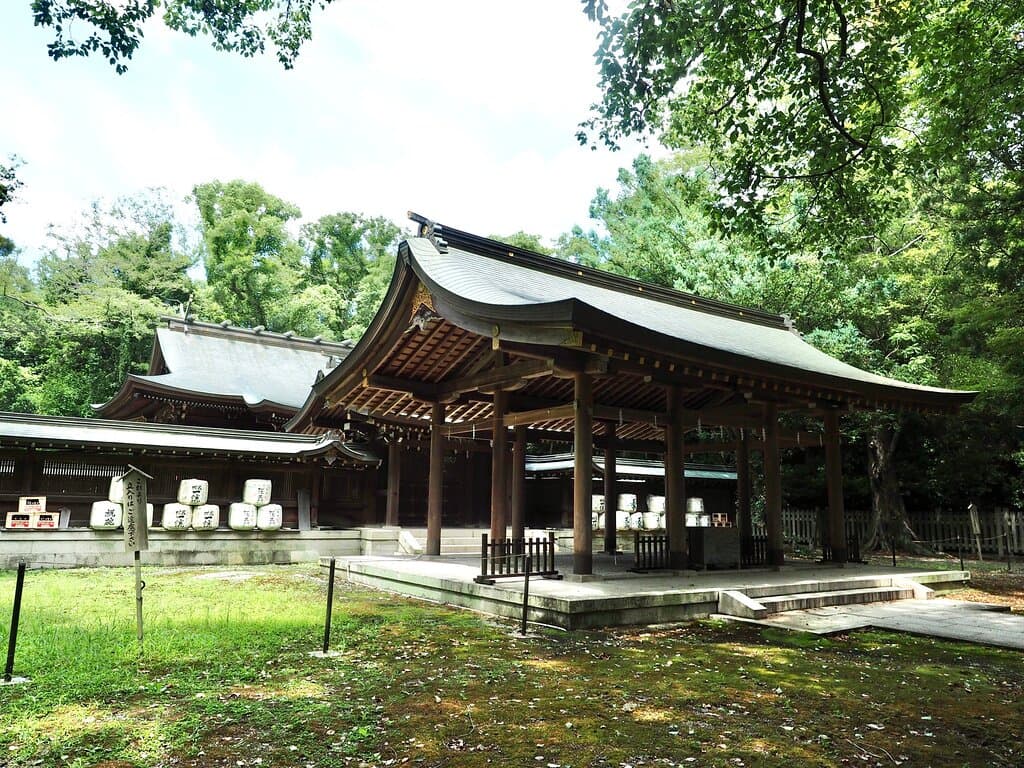
Hinokuma Kunikakasu Jingu (Nichizengu)
Discover Hinokuma Kunikakasu Jingu, a historically rich dual shrine complex in Kii Province, steeped in Japanese mythology and offering a serene spiri...

Highlights
Must-see attractions

Social
From TikTok & Reddit
Best Time
Fewer crowds, more serene atmosphere.

Hinokuma Kunikakasu Jingu (Nichizengu)
Best Time
Fewer crowds, more serene atmosphere.

Highlights
Must-see attractions
Discover Hinokuma Kunikakasu Jingu, a historically rich dual shrine complex in Kii Province, steeped in Japanese mythology and offering a serene spiritual experience.
"A unique dual shrine with deep mythological roots, offering a serene experience and a special combined goshuin. "

Pray at Both Shrines First
Priests require you to pray at both Hinokuma and Kunikakasu shrines before receiving your combined goshuin. :pray:
Mind the Gravel Paths
The shrine grounds are mostly gravel, making them challenging for wheelchairs and strollers. :wheelchair:

Highlights
Discover the most iconic attractions and experiences

Kunikakasu Shrine
Right side of the split path
The Ichinomiya and primary shrine, enshrining Kunikakasu Okami with the Hiboko Mirror. A truly ancient and significant site.

Hinokuma Shrine
Left side of the split path
The other shrine of equal rank, enshrining Hizen Okami with the Higata Mirror. Experience its serene atmosphere.

Goshuin Collection
Obtain a beautiful, though often pre-stamped, goshuin that combines both shrines. A unique souvenir of your visit.
Plans like a pro.
Thinks like you
Planning Your Visit
Navigating the Dual Shrines
Accessibility & Language
Best Times
Insider Tips
from TikTok, Instagram & Reddit
Pray at Both Shrines First
Priests require you to pray at both Hinokuma and Kunikakasu shrines before receiving your combined goshuin. :pray:
Mind the Gravel Paths
The shrine grounds are mostly gravel, making them challenging for wheelchairs and strollers. :wheelchair:
Limited English Signage
Be prepared for minimal English information. Consider a translation app for a smoother experience. :iphone:
Photography Restrictions
Some visitors noted signs prohibiting photography within the grounds. Be respectful of local customs. :camerawithflash:
Tips
from all over the internet
Pray at Both Shrines First
Priests require you to pray at both Hinokuma and Kunikakasu shrines before receiving your combined goshuin. :pray:
Mind the Gravel Paths
The shrine grounds are mostly gravel, making them challenging for wheelchairs and strollers. :wheelchair:
Limited English Signage
Be prepared for minimal English information. Consider a translation app for a smoother experience. :iphone:
Photography Restrictions
Some visitors noted signs prohibiting photography within the grounds. Be respectful of local customs. :camerawithflash:
Combine with Wakayama Railway
Easily accessible via the Wakayama Electric Railways, making it a perfect stop on a scenic journey. :train2:
What Travellers Say
Reviews Summary
Visitors appreciate the historical significance and serene atmosphere of Hinokuma Kunikakasu Jingu, especially its unique dual shrine setup and the combined goshuin. However, the lack of English signage and limited wheelchair accessibility are noted drawbacks for international and mobility-impaired visitors.
"Loses a star for no English signage! There’s two shrines here, and they are combined on the ¥500 shuin which, though beautiful, is unfortunately pre-stamped and being handed out due to corona. The priests wouldn’t give us the shuin until we had gone to pray at both shrines. That was different. When you walk back the path splits left and right. The left is Hinokuma shrine. The right is kunikakasu, which is the Ichinomiya and primary shrine.
The grounds had free parking only for shrine visitors as it’s right in the city center on a main road. It was well kept, but not wheelchair friendly at all either as it was all gravel. For how big and famous this was I was disappointed in the accessible limitations for wheelchairs and English."
ADream In Japan
"One of the shinto shrine to visit when you take the wakayama electric railways. Its very close to the station and this place is very serene eith lots of trees around the area."
Eric Lim
"so cold"
cindy cherry
What People Like
What People Dislike
Frequently Asked Questions
🚇 🗺️ Getting There
The shrine is conveniently located near a station on the Wakayama Electric Railways, making it easily accessible. Free parking is available for shrine visitors, situated right in the city center on a main road.
Yes, free parking is provided for shrine visitors. It's located in the city center, making it convenient for those arriving by car.
Unfortunately, the shrine grounds are not very wheelchair friendly due to the prevalence of gravel paths. Visitors with mobility issues may find it challenging.
Taking the Wakayama Electric Railways is a popular and scenic option. The shrine is very close to the station.
The shrine is well-served by the Wakayama Electric Railways, with a station located very close by.
🎫 🎫 Tickets & Entry
Entry to the shrine grounds is generally free. However, there is a fee for the goshuin (stamp).
Specific opening hours can vary, but shrines are typically open from early morning until late afternoon. It's advisable to check locally or arrive during daylight hours.
The combined goshuin for both shrines is typically ¥500. Note that due to current circumstances, they may be pre-stamped.
Visitors have reported that priests require you to pray at both shrines before they will issue the goshuin.
While the grounds are generally accessible during daylight, it's best to visit during typical shrine hours to ensure full access and services.
🎫 🧭 Onsite Experience
Both are Ichinomiya Shrines of Kii Province. Hinokuma enshrines Hizen Okami with the Higata Mirror, while Kunikakasu enshrines Kunikakasu Okami with the Hiboko Mirror. Kunikakasu is considered the primary shrine.
Some visitors have noted signs prohibiting photography within the grounds. It's important to be respectful of these rules.
The shrine is described as serene, with lots of trees around the area, offering a peaceful escape despite its city center location.
The main draw is the historical and spiritual significance. While not a playground, the natural surroundings can be appreciated by older children.
A visit typically takes about 30-60 minutes, allowing time to pray at both shrines and collect your goshuin.
📸 📸 Photography
The large torii gate and the serene natural surroundings offer picturesque views. Be mindful of any photography restrictions within the shrine buildings.
Yes, some visitors have observed signs prohibiting photography within certain areas of the shrine grounds. Always check for signage.
A standard camera or smartphone is sufficient. Given potential restrictions, a discreet setup is advisable.
Photographing your own goshuin is generally acceptable, but always be respectful of the shrine's environment and other visitors.
Mornings or late afternoons can offer softer light filtering through the trees, creating a more atmospheric shot.
For Different Travelers
Tailored advice for your travel style
👨👩👧 Families with Kids
However, older children interested in Japanese history and mythology might find the ancient stories and the dual shrine setup fascinating. The natural surroundings offer a peaceful place to walk, and the unique goshuin can be a memorable keepsake. Consider it as part of a broader cultural exploration of the Wakayama region.
🚶 Solo Travelers & Spiritual Seekers
Be prepared for limited English signage, which can add to the adventure of discovery. The opportunity to obtain a combined goshuin after fulfilling the prayer requirement is a rewarding aspect of the visit. The proximity to the Wakayama Electric Railways also makes it an easy and accessible pilgrimage.
Deep Dives
In-depth insights and expert knowledge
The Mythology and History
The shrines are the Ichinomiya (the highest-ranked shrine) of Kii Province. This designation highlights their historical importance and the reverence they commanded in the region. The dual nature of the shrine, with Hinokuma on the left and Kunikakasu on the right, is an unusual but fascinating aspect, allowing visitors to pay respects at two distinct yet equally ranked deities.
Historically, after the Meiji Restoration and the ban on samurai carrying swords, swordsmiths transitioned to crafting tools. While the provided TikTok mentions the Higonokami pocket knife, this is a separate craft tradition and not directly tied to the shrine's primary historical significance, which is rooted in Shinto mythology and provincial importance.
Understanding the Goshuin
It's important to note that due to circumstances like the pandemic, these goshuin are often pre-stamped and handed out rather than being written on the spot. Visitors have shared that shrine priests require you to pray at both the Hinokuma and Kunikakasu shrines before they will issue the combined goshuin. This practice emphasizes the spiritual aspect of the visit.
While the goshuin is a cherished souvenir, be aware that the grounds are not always wheelchair-friendly, which might impact some visitors' ability to fully experience the site before obtaining their stamp.

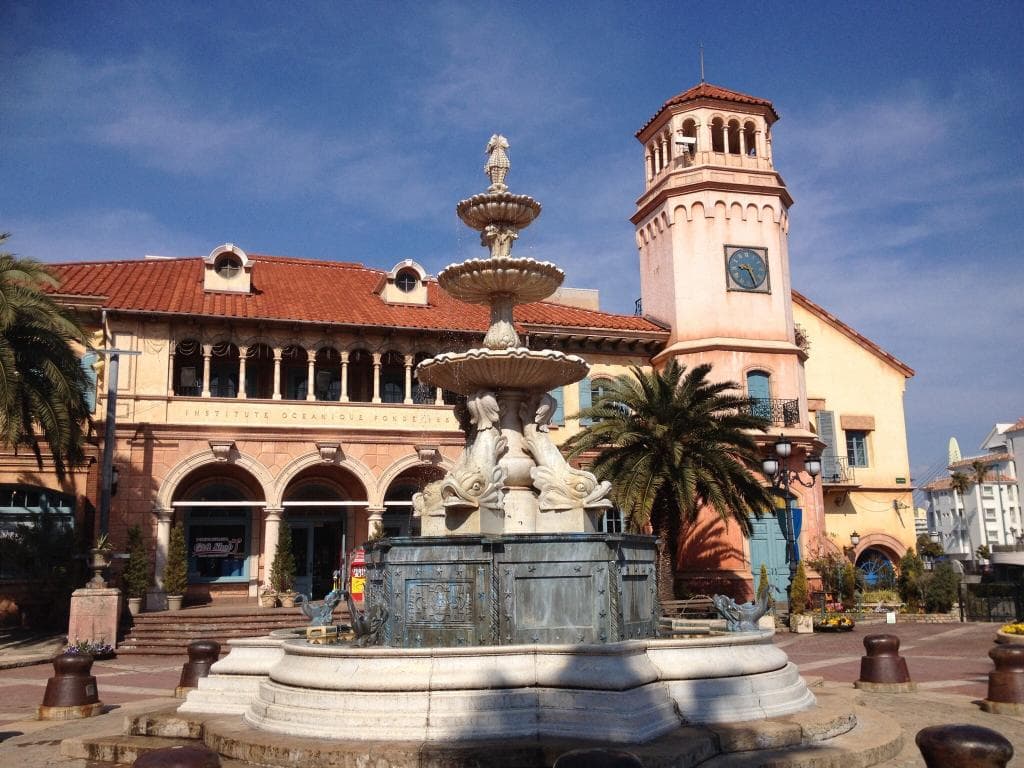

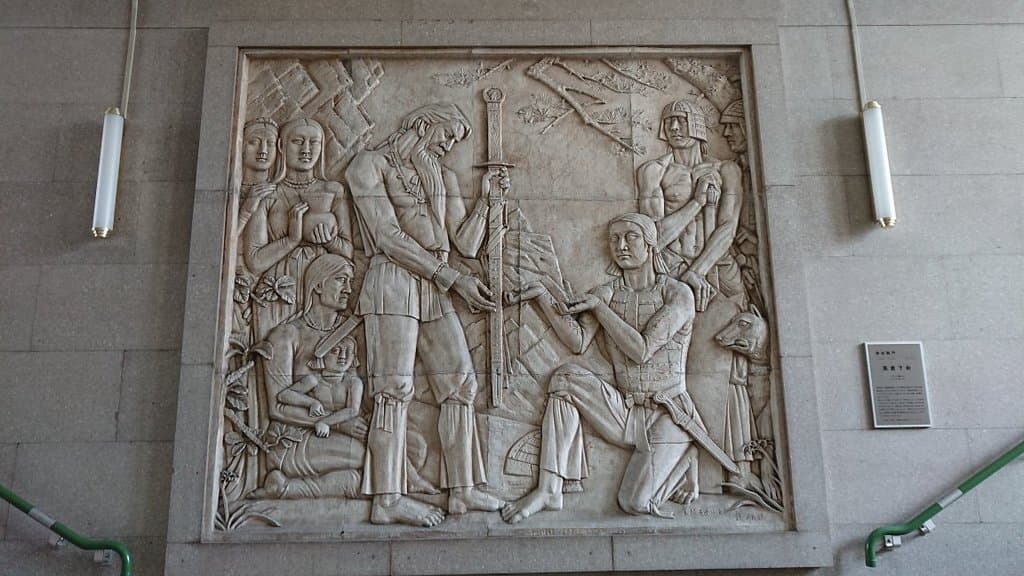
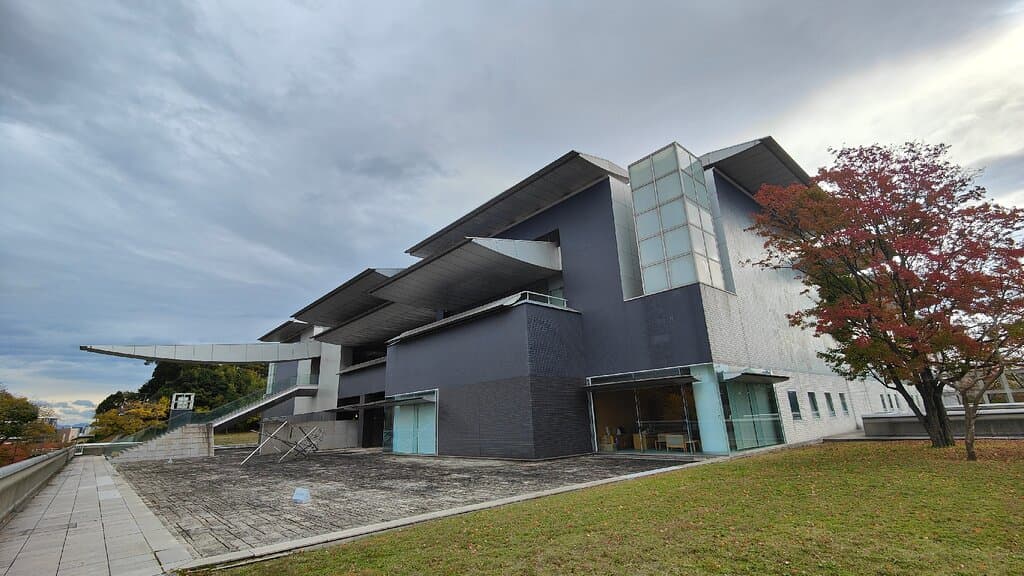
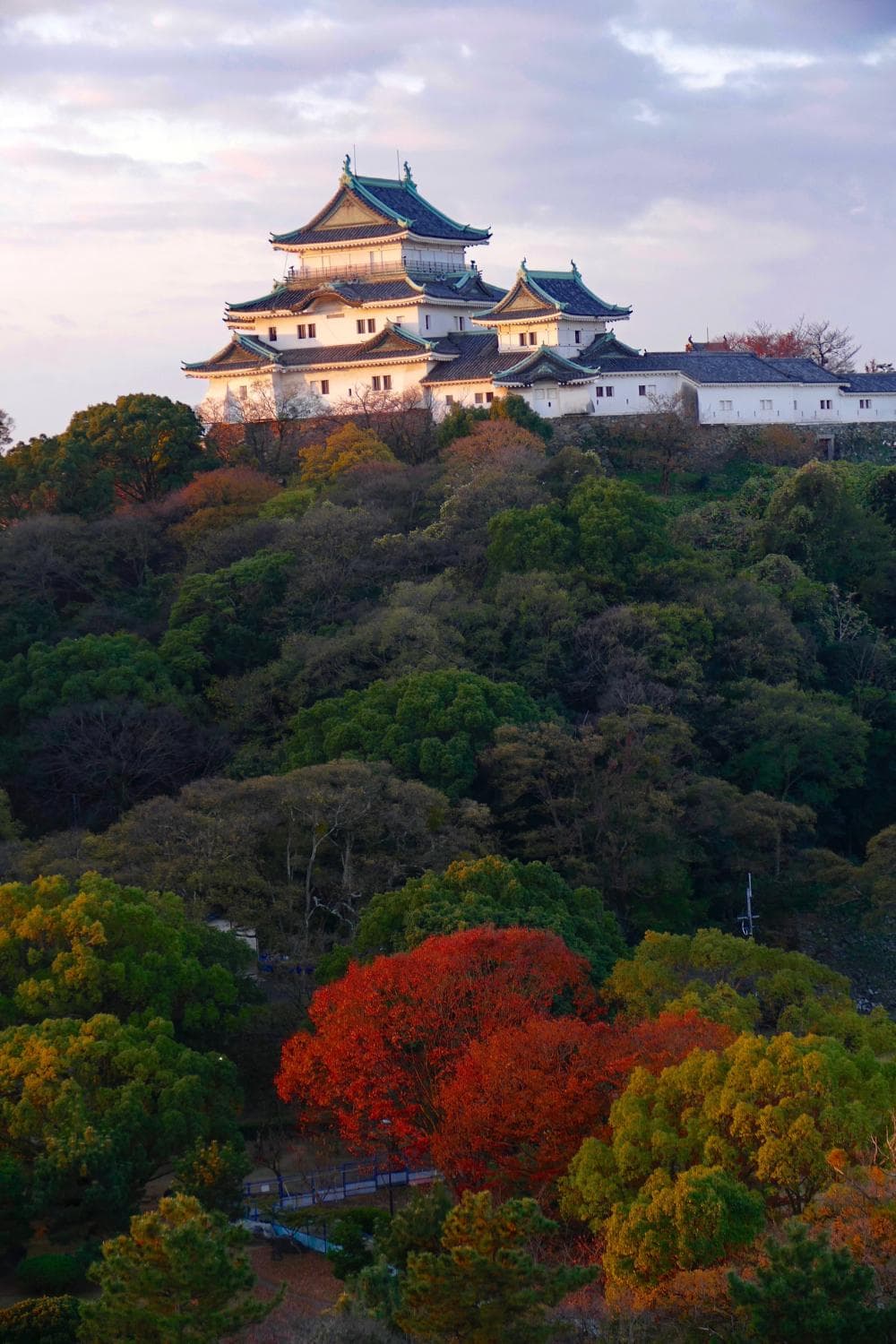
Social
from TikTok, Instagram & Reddit